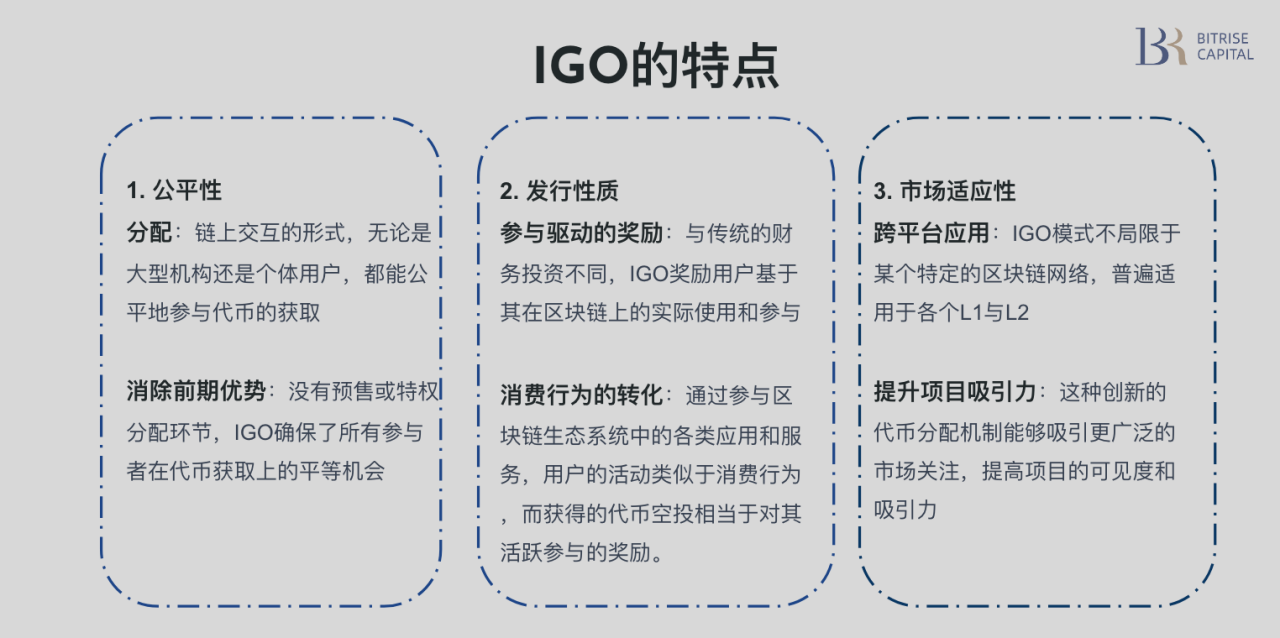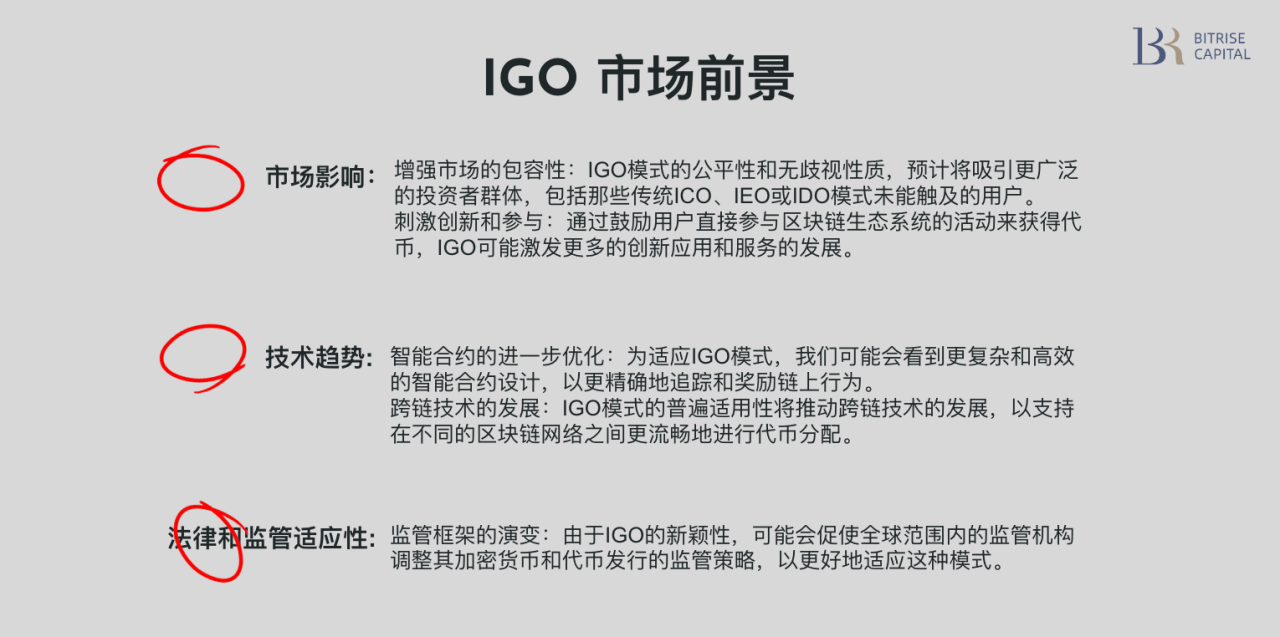IGO born at ZKFair: A revolution in fair launches
ZKF Fair Launch
In the current Ethereum ecosystem, zk-rollup technology is widely recognized in the industry for its significant advantages in network scalability and reducing transaction costs. This technology greatly enhances network throughput by bundling a large number of transactions and processing them off-chain, while also lowering users' transaction fees, making the application of blockchain technology more practical and economical.
Against this backdrop, the first EVM-compatible Layer 2 (L2) platform based on Polygon's CDK and Celestia database—ZKFair—launched a 48-hour Fair Launch event on Christmas Eve 2023. The purpose of this event is to issue its new token, ZKF. ZKFair plans to issue a total of 10 billion ZKF tokens. Participants can obtain airdrop eligibility by performing transfer operations on the ZKF chain and consuming gas. This mechanism ensures the fairness of token distribution, as the number of tokens obtained will be proportional to the amount of gas consumed. Additionally, 25% of the ZKF tokens will be airdropped to community members who contribute, while the remaining 75% will be fairly distributed to participants of this Fair Launch.
Token Issuance Model
- Traditional Token Issuance
Traditional token issuance usually refers to the method where project parties directly issue tokens to investors through private sales, pre-mining, or public sales. This method may lack clear regulations and processes and does not involve exchanges or other third-party platforms. It may include early private investment rounds, allocating tokens to early supporters, development teams, or consultants. The transparency and security of this issuance method may be lower, as it is entirely controlled by the project party.
- ICO (Initial Coin Offering)
ICO is an early token sale method similar to an Initial Public Offering (IPO) in traditional finance. In an ICO, the project party sells newly created tokens to the public, usually to raise funds for project development and operations. Investors typically purchase tokens with the expectation that the tokens will appreciate in value in the market in the future. ICOs led the bull market from 2017 to 2018, but their reputation has been damaged due to regulatory issues and fraudulent behavior by some project parties, leading to their infrequent use.
- IEO (Initial Exchange Offering)
IEO is a token issuance method conducted through cryptocurrency exchanges. In an IEO, the exchange conducts due diligence on the token project and provides a venue for token sales on its platform. Investors need to register an account on the exchange and purchase new tokens through that platform. IEOs are generally considered safer than ICOs because the involvement of exchanges provides a certain level of trust and verification for investors.
- IDO (Initial DEX Offering)
IDO is conducted on decentralized exchanges (DEXs) and does not rely on traditional centralized exchanges but directly issues and sells tokens through smart contracts on DEXs. The advantages of IDOs include higher transparency and lower participation thresholds, making them a fairer and more suitable issuance method for the web3 industry. IDOs help project parties quickly gain liquidity, as tokens can be traded immediately on DEXs upon issuance. However, in practice, IDOs are mostly used as supplementary issuance methods, and their proportion in total issuance is not high.

IGO (Initial Gas Offering)
The Fair Launch of ZKFair can be seen as a revolution in token distribution. Its format does not conform to any previous model. Participants receive token airdrops based on the proportion of gas burned through their on-chain transfer actions; the issuer takes the gas paid by participants as revenue for this token issuance. This is innovative in both the rules of the airdrop and the form of financing. After internal discussions, Bitrise Capital believes this new form of token issuance can be called IGO (Initial Gas Offering), and the biggest features of IGO can be summarized in the following two points:

- Issuance Standards
ZKFair's Fair Launch demonstrates fairness in its token issuance mechanism. The key is that this mechanism does not restrict participants' identities: whether large institutions or individual retail investors, as long as they perform the corresponding operations on the ZKFair chain during the event, they automatically qualify for the ZKF airdrop. Furthermore, there are no whitelist or pre-sale stages in the ZKF issuance process, ensuring equal participation opportunities. Out of the total of 10 billion tokens, aside from the 2.5 billion allocated to community contributors, the remaining 7.5 billion tokens are fairly distributed to all participants of the event through airdrops. The entire issuance activity is divided into four phases, each lasting 12 hours. The project party has set a total gas consumption limit of 3 million USDC and an average distribution of 1.875 billion ZKF worth 750,000 USDC for each phase. In each phase, if gas consumption exceeds the predetermined limit of 750,000 USDC, the project party will calculate the airdrop amount based on the proportion of gas consumed by users relative to the total gas consumed in that phase. For the excess gas consumed, the project party promises to proportionally refund it after the event ends.
For example, if a total of 1 million USDC of gas is consumed in the first phase, then user A, who consumed 10,000 USDC, will receive approximately 18.75 million ZKF in airdrops after the event ends and will also be refunded 2,500 USDC. This mechanism ensures that ordinary participants do not lose their opportunity to participate due to fierce competition from large capital participants. Additionally, by proportionally refunding the excess gas fees, this mechanism addresses the issue of unnecessary gas fee burning in previous airdrop activities. Such rule design not only reflects thoughtful consideration in terms of fair issuance but also demonstrates ZKFair's commitment to fairness in action.
- Nature of Issuance
Under the Initial Gas Offering (IGO) framework, the roles and motivations of participants are significantly different from traditional token issuance models. This new issuance mechanism is not based on direct financial investment but rather on active participation and contribution to the ecosystem. In this framework, participants obtain airdrop eligibility through their interactions and trading activities on the ZKFair chain, which includes using various applications on the chain and thus consuming gas. This mode of participation is closer to consumer behavior, where users actively engage by using services and applications within the ecosystem, and in return, they receive token airdrops as additional rewards.
This model can be likened to traditional commercial promotional activities. For example, during a shopping mall's anniversary celebration, consumers can receive additional gifts after spending a certain amount in the mall. Here, the mall (i.e., the ZKFair ecosystem) provides a variety of products and services for consumers to choose from, while the gifts are equivalent to the token airdrops obtained by users through participating in ecosystem activities. This model not only encourages users to engage more deeply with the ecosystem but may also reduce legal risks associated with traditional token issuance to some extent, as it emphasizes participation and consumption rather than direct financial investment.
Moreover, the design of the IGO model reflects the emphasis on user participation in the blockchain technology and cryptocurrency field, highlighting the establishment of a more inclusive and dynamic ecosystem. This model encourages users to experience and support blockchain projects through the actual use of applications and services, thereby promoting the popularization and innovation of technology. In the long run, the IGO model can not only bring a broader user base to projects but also help form a more active and healthy blockchain ecosystem.

Market Prospects of IGO
The inscription project has played a crucial role in the current bull market, with its success not only in effectively solving the asset issuance problem within the BTC ecosystem but also in adopting the "fair mint" principle, which has become a key narrative for the project's success. The core of this principle lies in creating a fair and open market environment driven by a broad base of retail investors, ensuring that everyone has the opportunity to participate. The openness and inclusiveness of this market environment are among the main reasons why the market highly recognizes the inscription project.
On this basis, the emergence of the IGO (Initial Gas Offering) model can be seen as a successful borrowing of the core concept of the inscription project. The IGO model emphasizes openness in the early stages of the project, allowing a wider range of ordinary investors to participate, which not only enhances the project's attractiveness and visibility but also effectively meets the financing needs of the project party and brings substantial returns to actively participating users. The design of the IGO balances flexibility and general applicability, making it widely applicable across various Layer 1 (L1) and Layer 2 (L2) blockchain networks.
Both the inscription project and the IGO model reflect the current cryptocurrency market's high emphasis on innovation and fairness. They not only provide new opportunities for participants but also promote the healthy development of the entire blockchain ecosystem. With the application and development of these models, we have reason to believe they will continue to have a profound impact in the cryptocurrency field, invigorating the market and promoting more public chains' attention and activity. Just as the inscription project brought significant breakthroughs to the BTC ecosystem, the IGO model is also expected to trigger a series of new innovations and active trends in the cryptocurrency field.

Industry Evaluation
iZUMI Jimmy:
"ZKFair is the first Ethereum Layer 2 modular blockchain to launch fairly using the IGO model. iZUMi collaborates with ZKFair, valuing the long-term technical strength accumulated by the team, but more importantly, respecting the community and providing a user-friendly, low-valuation, transparent, and fair innovative token distribution model. As a multi-chain protocol and one of the earliest ecological supporters of ZKFair, iZUMi looks forward to more public chain partners learning from ZKFair's successful experience. In 2023, iZUMi also launched the iZUMi Layer2 Fund to provide ample on-chain liquidity for cooperative public chains from Day 1."
Bitrise Capital Kevin:
"ZKFair is a very successful and highly regarded project case recently. I think its case is textbook-level. I see it as an innovation that attempts to define this new token issuance method using the IGO approach. From this project, we see that web3 innovation can come from self-driven efforts and grassroots community innovation. It reminds me of a term 'self-finance.' In the case of ZKFair, we see breakthroughs not only in business models but also a strong emphasis on de-financialization. The IGO model shows us a new way to launch projects while downplaying financial attributes. It's like shopping at a supermarket; you consume and receive basic services, and then the supermarket gives you points. For the cold start of a project, this not only attracts users but also solves the early funding issues of the project. Of course, the current economic model of ZKFair still needs improvement, but I am very optimistic about the self-iteration ability of the ZKFair team, especially their ability to quickly adjust when encountering problems during the project launch to adapt to market changes."
Lumoz Alvaro:
"Lumoz is committed to developing and promoting advanced applications of blockchain technology. The project we are collaborating on, ZKFair, is a Layer-2 solution based on ZK-Rollup technology, aiming to improve transaction processing efficiency while maintaining full compatibility with the Ethereum Virtual Machine (EVM) through the integration of Polygon's Common Development Kit (CDK) and Celestia's Data Availability Layer (DA). ZKFair chooses USDC stablecoin as the means of transaction fee payment to reduce network congestion and improve transaction speed. Additionally, ZKFair's architectural design supports a decentralized prover network, reflecting our commitment to network autonomy and sustainable development. This decentralized network structure aims to enhance network participation and achieve more transparent and fair operations through community governance.
The launch of Fair-L2 LaunchBase marks a solid step for Lumoz in supporting emerging ZK-L2 projects. This platform aims to provide key technical support for subsequent new projects to ensure their smooth launch. The collaboration with Polygon also leverages the advantages of ZK-Rollup to enhance transaction efficiency and network security."







